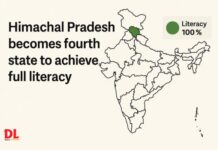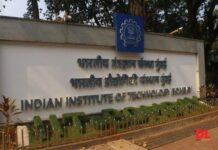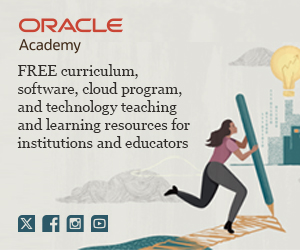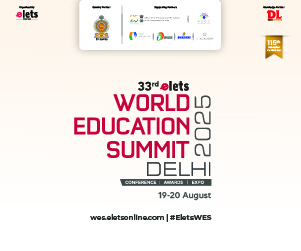Option 1, Option 2, Option 3 or Option 4 – which ever you feel is the correct answer, dial the number and submit your answers! This is how assessments are happening in schools these days where the students are submitting their answers through a mobile phone.
A part of the Detailed Assessment (DA) process, offered by Ahmedabad-based educational research organisation, Educational Initiatives (EI), almost 60 schools across the country will now be using the mobile handsets as a tool to submit their answers for their periodic tests.
“Through the detailed assessment, we provide the schools with diagnostic, descriptive test reports for each individual student and the whole class. The normal tests in school usually provide an indicator of past performance but do not provide feedback on where and how to improve. Also this process takes a few weeks, resulting in loss of crucial time,” said Vinay Chousalkar, product head at EI. “Using the mobile handsets, schools will save on this time and the analysis of the test results can be provided to students and teachers within 24 to 48 hours. Teachers will use this feedback to conduct immediate and effective remediation for the entire class thus increasing the effectiveness of assessments dramatically”, he added.
EI provides a kit containing 40 mobile phones to the school that connect to the handset of the teacher via Bluetooth. The teacher handset in-turn sends the data to the EI server using the GPRS and SMS platforms. The students are given tests papers generated by EI and they have to choose their options and submit their answers through these mobile handset. Once all the students have submitted their answers, these answers are uploaded to the EI server, where the analysis begins.
“The diagnostic report does not simply say which student scored how much, but pin-points three common misconceptions in the test and how the class and each student has fared on those. It also gives a set of remedial actions and suggested activities to clear those misconceptions, performance in the sub-topics and finally the score sheet,” said Chousalkar. There are 13 schools in Bangalore that will be using the mobile handsets for assessments. These include DPS, Bangalore (South), Presidency School, SSB International School amongst others. Other than Bangalore, there are schools in Chennai, Hyderabad and Madurai among other cities in southern India that have opted for this assessment tool.
Suchita Shah, managing trustee of Amrit Vidyalaya, Kalol near Ahmedabad said, “For us, a standardized external test was important, especially because at the end on the test we find out what our students are lacking in and what direction the teachers need to take. It also is a great way to find which topics the teachers should take up, teaching them in new innovative ways. As a school we opted for this for the instant and great incite we will get”.
Chairman of Children's Academy in Mumbai, Rohan Bhatt, said, “The instant feedback will ease the load on the teachers who are in constant pressure of the Continuous and Comprehensive Evaluation (CCE) introduced by CBSE. DA will not only find the misunderstandings in our classes but scientific analysis. Before introducing this tool, we even discussed with the parents who are extremely supportive on the tool”.



















